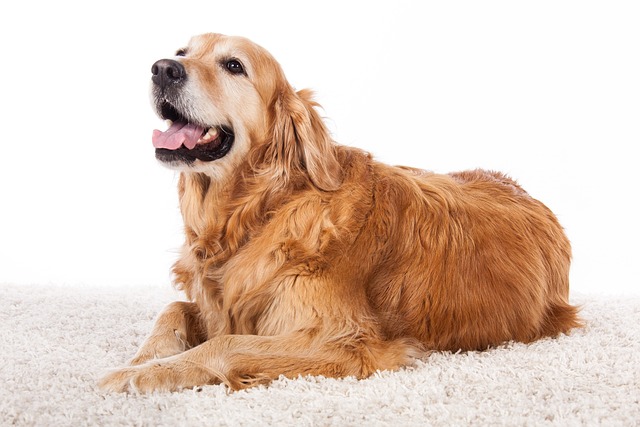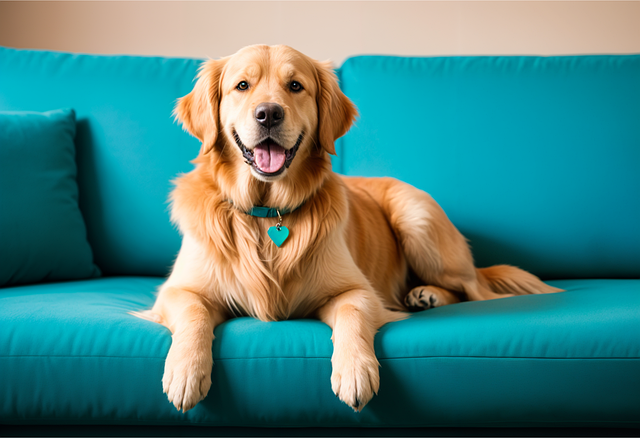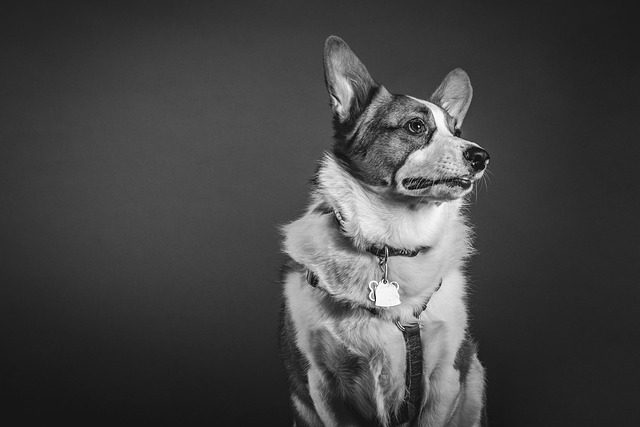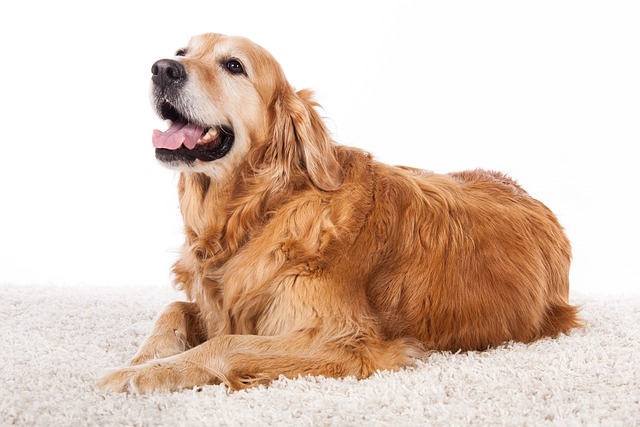
How to treat dogs with skin disease?
You might notice your dog scratching itself nonstop on the couch, or spot red, flaky patches on its belly after a walk in the park.
I sat with my friend Zoe in her Denver apartment last week, watching her 18-month-old Pug, Gus, rub his face raw on the carpet—his eyes watery, paws pink from licking, and tiny scabs dotting his belly. “The vet said it’s allergies, but I can’t afford frequent visits. Is dog allergy treatment at home for beginners even possible, or am I stuck?” Zoe asked, holding a tube of human hydrocortisone cream she’d almost used (which I quickly took away). If you’re a new U.S. dog owner with an itchy pup and a to-do list, the answer is yes—safe, simple home treatments work for mild allergies, as long as you stick to dog-friendly methods and know when to call the vet.
To understand why home allergy treatment works, let’s break down canine allergies. Most dogs (70%, per Zoe’s vet) get allergies from environmental triggers—dust mites in carpets, pollen on grass, or mold in damp apartments—not just food. Gus’s symptoms flared after Denver’s spring pollen bloom and from dust mites in his fabric bed. A dog’s skin is thinner than ours, so irritants break their barrier easily, causing itch. Human products (like that hydrocortisone) burn their skin, and scolding a dog for scratching (Zoe almost snapped at Gus for tearing his bed) violates U.S. animal welfare standards—he’s not misbehaving; he’s begging for relief. Home treatments target the source (cleaning) and soothe the skin (gentle care), no harsh chemicals needed.

Here’s dog allergy treatment at home for beginners, step by step, using Zoe’s routine that calmed Gus: First, clean the trigger (the most important fix). Zoe started vacuuming her carpet and Gus’s bed twice a week with a HEPA filter (traps dust mites) and wiped down hard floors with a damp cloth. After walks, she used vet-approved paw wipes to remove pollen from Gus’s paws—rewarding him with freeze-dried chicken treats afterward. Positive reinforcement made him sit still instead of squirming. In two days, his face-rubbing slowed down. Second, soothe itchy skin (gentle, no burns). For Gus’s red belly, Zoe mixed plain oatmeal (ground fine) into warm water for a 10-minute bath—oatmeal’s anti-itch properties calm inflammation. She lured him into the tub with a toy, no forcing. For hot spots (the scabs on his side), she held a cool, wet washcloth to the area for 5 minutes, giving treats every 30 seconds to reward patience. Third, tweak their space (apartment-friendly hacks). Zoe added an air purifier near Gus’s napping spot (cuts pollen and mold) and switched his bed to a washable cotton cover (washed weekly in hot water to kill mites). Synthetic fabrics trap more allergens, so this small swap helped. Fourth, track food (rule out dietary triggers). She kept a log: Gus scratched less when she fed him grain-free salmon kibble vs. his old chicken-and-corn formula. No need for fancy tests—just slow swaps and notes.
For apartment living, double down on these rules: Avoid scented candles or air fresheners (they irritate sensitive noses) and use fragrance-free laundry detergent for your dog’s bed. When walking, carry two essentials: biodegradable poop bags (Denver fines $150 for leaving messes, even when you’re wiping paws) and those paw wipes—they’re as important as waste cleanup for allergy control. Practice community etiquette: If Gus starts scratching near other dogs, smile and say, “He’s got spring allergies!”—eases worries about contagious issues. Never skip vet checkups: Gus’s vet confirmed it wasn’t mange (a new-owner fear) and updated his rabies vaccine (mandatory nationwide)—vets can’t guide home treatment without proof of core shots, and if your dog’s skin oozes or stops eating, that’s an emergency, not a DIY fix.
A week later, Zoe texted me a video: Gus napping on his clean bed, no more face-rubbing, with a chew toy in his mouth. Dog allergy treatment at home for beginners? For Gus, it was vacuuming, oatmeal baths, and treats. For your pup, it’s about small, consistent steps—you don’t need fancy tools, just patience and knowing what’s safe.

You might notice your dog scratching itself nonstop on the couch, or spot red, flaky patches on its belly after a walk in the park.

I sat with my friend Jake on his Phoenix, Arizona patio last July, watching his 3-year-old English Bulldog, Stella, lie flat on the cool tile—tongue lolling, paws splayed

I sat with my friend Lila in her Chicago apartment last weekend, surrounded by grooming tools—slicker brush, rubber curry comb, and a half-empty bottle of shampoo

It’s a moment that might make any dog owner’s heart skip a beat: finding a tick attached to your dog’s eyelid. Yes, as unsettling as it sounds, ticks can and do latch onto this delicate area.

Most pet parents notice their dog’s wag or bark first—but their breathing tells a quiet, important story too. Catching respiratory issues early starts with knowing what’s “normal” for your pup, and spotting small shifts that might slip by.

I sat with my friend Zoe in her Denver apartment last week, watching her 18-month-old Pug, Gus, rub his face raw on the carpet—his eyes watery, paws pink from licking